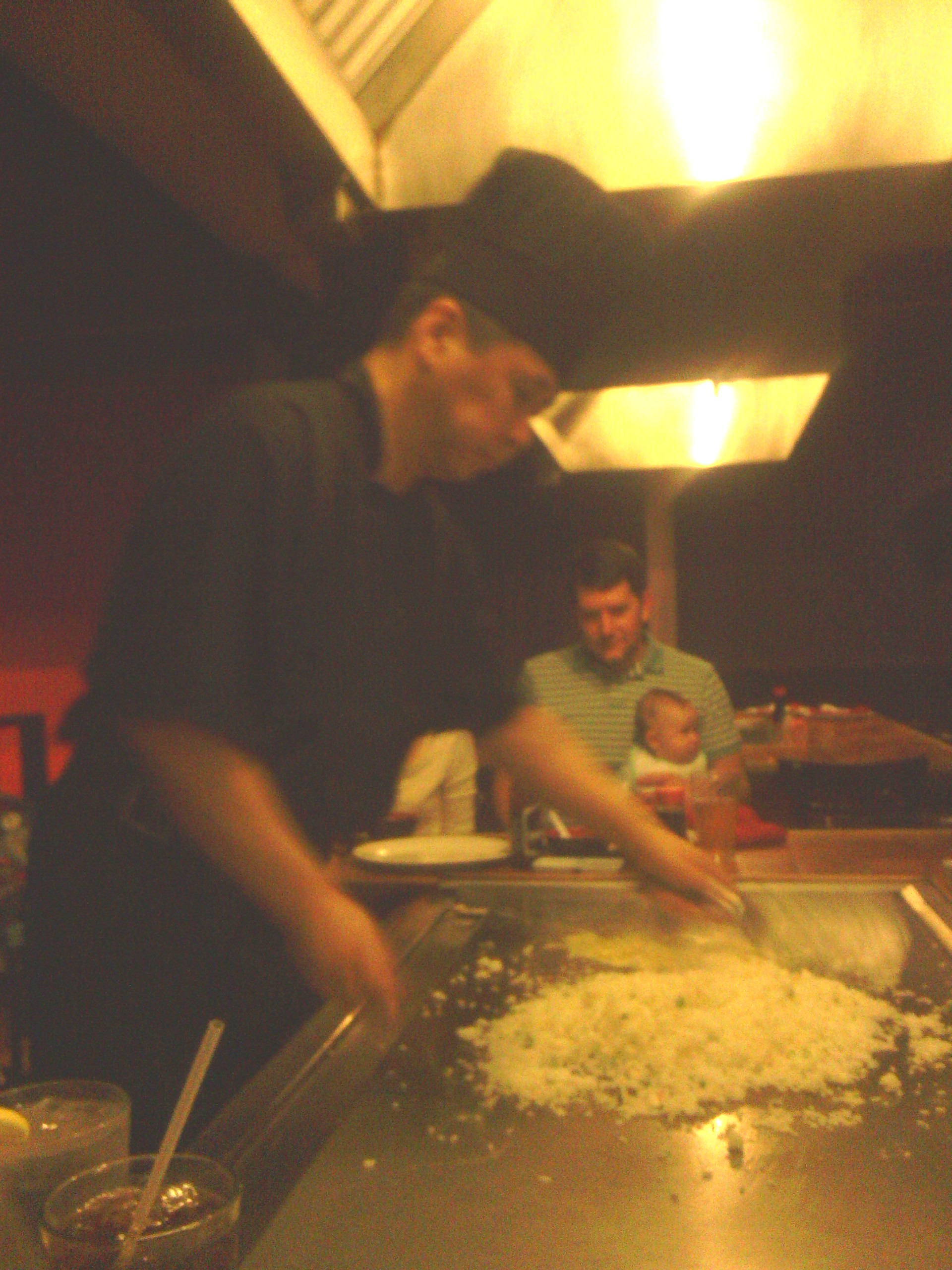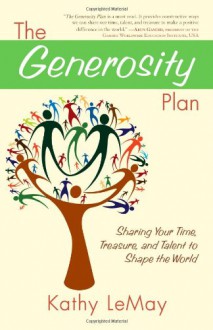
Cognitive surplus, creativity and generosity in a connected age. Clay Shirky.The shock of inclusion. “Despite half a century of hand-wringing about media contraction, my students have never know a media landscape of anything less than increasing abundance. They have never known a world with only 3 TV channels, a world where the only choice a viewer had in the early evening was which white man was going to read them the news in English. … A much harder thing to explain to them is this: if you were a citizen of that world, and you had something you needed to say in public, you couldn’t. Period. Media content wasn’t produced by consumers; if you had the wherewithal to say something in public, you weren’t a consumer anymore, by definition. …. People who published pamphlets or walked around with signs were assumed to be unhinged. William Safire… summed up this division: “For years I used to drive up Massachusetts Avenue past the vice president’s house and would notice a lonely, determined guy across the street holding a sign claiming he had been sodomized by a priest. Must be a nut, I figured – and thereby ignored a clue to the biggest religious scandal of the century.” P.60-61“The harnessing of our cognitive surplus allows people to behave in increasingly generous, public, and social ways, relative to their old status as consumers and couch potatoes. The raw material of this change is the free time available to us, time we can commit to projects that range from the amusing to the culturally transformative. If free time was all that was necessary, however, the current changes would have occurred half a century ago. Now we have the tools at our disposal, and the new opportunities they provide. …. We still have to explain why. … What is motivating The People Formerly Known as the Audience to start participating? Motive. “The design of a website may not seem to have much to do with fostering a sense of membership, but something designed by an amateur can actually create better conditions of membership than a professional design can…. [An amateur design] sends the message ‘You can play this game too.’” P. 79-80Amateur motivation, public scale. Feedback loops. Intrinsic motivation, public action. When you see people acting in ways you don’t understand, you may ask rhetorically, Why are they behaving that way? A better question is this: Is their behavior rewarding a desire to for autonomy, or for competence? Is it rewarding their desire to feel connected or generous? If the answer to any of those questions is yes, you may have your explanation. If the answer to more than one of those questions is yes, you probably do. P. 93Opportunity.“We often think of competition as pure conflict, the way firms compete in a market, happy to drive one another out of business. In groups of people who know one another and share the same interests, though, competition can take on a collaborative quality. The Z-boys [skateboarders] competed not to end the development of skating techniques but to extend it. Instead of trying to come to some final or right way of skating, or to master some hidden and uncopyable technique, they developed new styles and tricks out in the open, challenging in order to invite a response. “ p. 102“Market pricing may seem inherently incompatible with communal sharing as a way of organizing human affairs, and it’s easy to assume that the less market-oriented a given culture is, the greater the likelihood that its members will be reflexively generous and open with each other. As a way of testing this hypothesis, the Ultimatum Game has been tried in a variety of different cultures, and it turns out that selfishness and market forces are indeed correlated. The surprise is that they are correlated in the opposite way you would expect. Markets support generous interactions with strangers rather than undermining them. What this means is that the less integrated market transactions are in a given society, the less generous its members will be to one another in anonymous interactions. … The market acquaints people with the utility of making transactions with people you don’t know and with the idea, however implicit, that those transactions are an appropriate way of interacting with strangers.” P. 109The Copenhagen airport has posted its rules via cardboard cutouts of airport employees, photographed holding up signs like “Don’t take luggage carts up the escalator.” The informational content of the sign is no different from before, but having it held by a picture of a person triggers the sense that human beings are behind all the rules and requests. Under the right circumstances, we are good at coordinating our actions with regard for other people, even those not present. This skill isn’t universal, however; it requires figuring out how to encourage mutual regard for one another and balance selfish motives against it. That challenge is part of any group dynamic (both competitive and collaborative aspects). What’s new is the prospect of creating that mutual regard across much larger and more widely dispersed groups, groups who pool their efforts without sharing a physical locations, and whose creations can be valuable not just for the participants but for the rest of the world as well. P. 114Social production: people you don’t know, making your life better for free. “When we want something to happen, and it’s more complex than one person can accomplish alone, we need a group to do it. … For large scale, long-lived tasks: 1) the private sector. A task will get done when the group to do can be assembled and paid for less than their output will fetch in the market. (This is the world of the firm; this is how most cars are built.) 2) the public sector. Employment comes with an obligation to work together on task that are of high perceived value, even if they are not compensated in the market. (This is the world of government and nonprofits; this is how most roads are built.) The single most heated political debate in the last century was how to best balance the competing values of those two modes. The result, after the collapse of Communism as the maximum case for a pure public option and after the rise of the welfare state tempered the idea of a pure market, has been a convergence to a broad center, with different mixes of public and private creation in different places . 3) Social production. Creation of value by a group for its members, using neither price signals nor managerial oversight to coordinate participants’ efforts. (This is the world of friends and family; this is how most picnics happen.) Social production was not included in the heated political debates of the 20th century, because the things people could produce for one another using their free time and working without markets or manager were limited. Two things happened to end that consensus. First, behavioral economics upended the idea that humans always determine value rationally. … The second thing that has happened is that the emergence of a medium that makes group coordination cheap and widespread caused many of the old limits on social production to recede. … “commons-based peer production” : work that is jointly owned and accessed by its participants, and created by people operating as peers, without a managerial hierarchy. . p. 118-119“In 1973 Mark Granovetter showed in a seminal paper, “The Strength of Weak Ties,” that people tend to find jobs through casual acquaintances rather than through close friends or family. Since then an increasing body of research has demonstrated the importance of social networks to our well-being. … Habits and traits spread through social networks through up to 3 degrees of separation, and those these traits are not contagious like a virus, they are contagious in that they spread through social contact. “ p. 128Community, cost, clarity and culture. Culture, a community’s set of shared assumptions about how it should go about its work, and about its members’ relations with one another. To really take advantage of combinability, in other words, a group has to do more than understand the things its members care about. Its members also have to understand each other, in order to share and work well together. “ p. 143Both CouchSurfing.cm and the Association of Pub-going, Loose and Forward Women offer ways of mitigating the specific dangers women face, but they do it in different ways. CouchSurfing is a kind of communal resource, combining individual responses into a market for surfers and surfees; its value is mainly enjoyed by its participants (and the risks are largely mitigated by its participants as well). The Association… , by contrast, was a civic intervention, designed to make India safer not just for the women who mailed the chaddis but for all women who want to be free of the threat posed by Sri Ram Sene. The differing methods and results of these two groups illustrated ways that voluntary participation can change society. P. 171While these various forms exist on a spectrum, we can identify 4 essential points on that spectrum. 1) Personal sharing, done among otherwise uncoordinated individuals; think ICanHasCheezburger. 2) a more involved form of communal sharing takes place inside a group of collaborators; think Meetup.com groups for post-partum depression. 3) Public sharing, when a group of collaborators actively wants to create a public resource; think the Apache software project. 4) Civic sharing, a group is actively trying to change society; think Pink Chaddi. The spectrum from personal to communal to public to civic describes the degree of value created for participants versus nonparticipants. With personal sharing, most or all of the value goes to the participants, while at the other end of the spectrum, attempts at civic sharing are specifically designed to generate real change in the society the participants are embedded in. p. 173The amount of public and civic value we get out of our cognitive surplus is an open question, and one strongly affected by the culture of the groups doing the sharing, and by the culture of the larger society that those groups are embedded in. As Dean Kamen, the inventor and entrepreneur, puts it, “In a free culture, you get what you celebrate.” Depending on what we celebrate in one another, we can get a few pieces of public and civic value, like those we see today in Wikipedia and open source software and the Responsible Citizens, or we can celebrate people who create civic value, making it a deep part of the experience of users everywhere. Getting what we celebrate highlights the tension between maximizing individual freedom and maximizing social value. Social media introduces social dilemmas into a number of environments where they didn’t previously exist; prior to the present historical generation, motivating unpaid actors to do anything for the civic good was left to governments and nonprofits, themselves institutional actors Today we can take on some of those problems ourselves, but the more we want to do at the civic end of the scale, the more we have to bind ourselves to one another and to achieve (and celebrate) shared goals. Improving the odds for social media.1. Start small. Projects that will work only if they grow large generally won’t grow large. Start with a system that is small and good and work on making it bigger rather than starting with a system that is large and mediocre and working on making it better. 2. Ask “why?” Even knowing what intrinsic motivations are, we can’t predict how people will react to a given opportunity. Why would users care about this particular opportunity, given all the other things they could be doing with their time? Designers have to put themselves in the user’s position and take a skeptical look at what the user gets out of participating, especially when the motivation of the designer differs from that of the user. 3. Behavior follows opportunity. 4. Default to social. By assuming that users would be happy to create something of value for each other, Delicious grew quickly, since the social value attracted new users, and their subsequent use of the service created still more social value.


 Log in with Facebook
Log in with Facebook 









